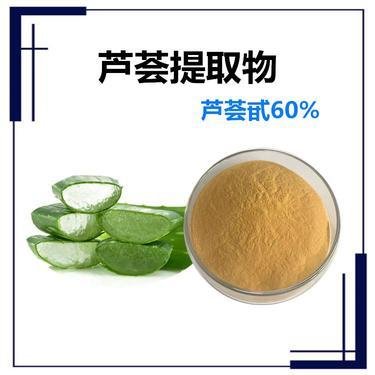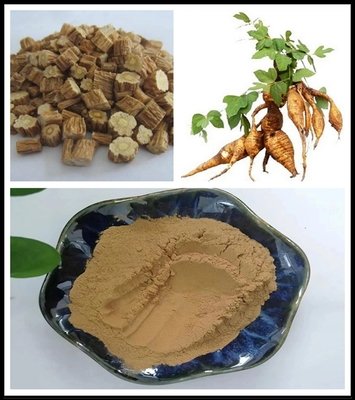Stearic acid
Stearic acid
Cas number:57-11-4
Appearance:white powder
Grade:costemic grade\industrial grade
Stearic acid, legal number INS (international number system) 570, EEC No. 570, CAS [57-11-4], is a white or light yellowish white solid, soluble in alcohol and acetone, easily soluble in ether, chloroform, benzene, carbon tetrachloride, carbon disulfide, amyl acetate and toluene, etc., with a melting point of 69.6 ° C. It is one of the main components of oils and fats. Stearic acid is one of the main long-chain fatty acids that make up oils and fats. It exists in the form of glycerides in animal fats, oils and some vegetable oils. These oils are hydrolyzed to obtain stearic acid. Stearic acid is a fatty acid that is widely present in nature and has the chemical properties of general carboxylic acids. Almost all oils and fats contain stearic acid in varying amounts. The content is higher in animal fats, such as 24% in butter, and less in vegetable oils, 0.8% in tea oil, 6% in palm oil, but as high as 34% in cocoa butter.
Stearic acid is widely used in cosmetics, plasticizers, release agents, stabilizers, surfactants, rubber vulcanization accelerators, waterproofing agents, polishing agents, metal soaps, metal mineral flotation agents, softeners, pharmaceuticals and other organic chemicals. Stearic acid can also be used as a solvent for oil-soluble pigments, a lubricant for crayons, a wax paper polish, an emulsifier for stearic acid glycerol, etc. Stearic acid is also widely used in the manufacture of polyvinyl chloride plastic pipes, plates, profiles, and films. It is a heat stabilizer for polyvinyl chloride and has good lubricity and good light and heat stability. When used in polyvinyl chloride pipes, stearic acid helps prevent “coking” during processing. It is an effective heat stabilizer in polyvinyl chloride film processing and can prevent discoloration of the finished film caused by exposure to the sun. Stearic acid has become a functional chemicalbook additive for lubrication, plasticization, and stabilization of filled modified masterbatches. Stearic acid can effectively improve the activation effect of inorganic powder coating and increase the fluidity of materials. When the melt flow rate of materials with inorganic powder accounting for an absolute proportion is required to be large, the content of stearic acid can be appropriately increased to significantly increase the melt flow rate of the material. However, the amount of stearic acid used in the filling and modified masterbatch also has a limit value, which is generally controlled at about 1% of the total mass. If the amount added is too large, the quality and performance of plastic products will be reduced, and sticky substances will appear in mechanical devices such as the die lip position of plastic product production equipment, affecting production efficiency and product quality. Monohydric or polyhydric alcohol esters of stearic acid can be used as cosmetics, nonionic surfactants, plasticizers, etc. Its alkali metal salts are soluble in water and are one of the main components of soap. Other metal salts can be used as waterproofing agents, lubricants, fungicides, coating additives and polyvinyl chloride stabilizers.
Related products
-
Cosmetic Grade
Aloin
-
Cosmetic Grade
Pro-xylane
-
Cosmetic Grade
Rhodiola Rosea
-
Cosmetic Grade
Puerarin








